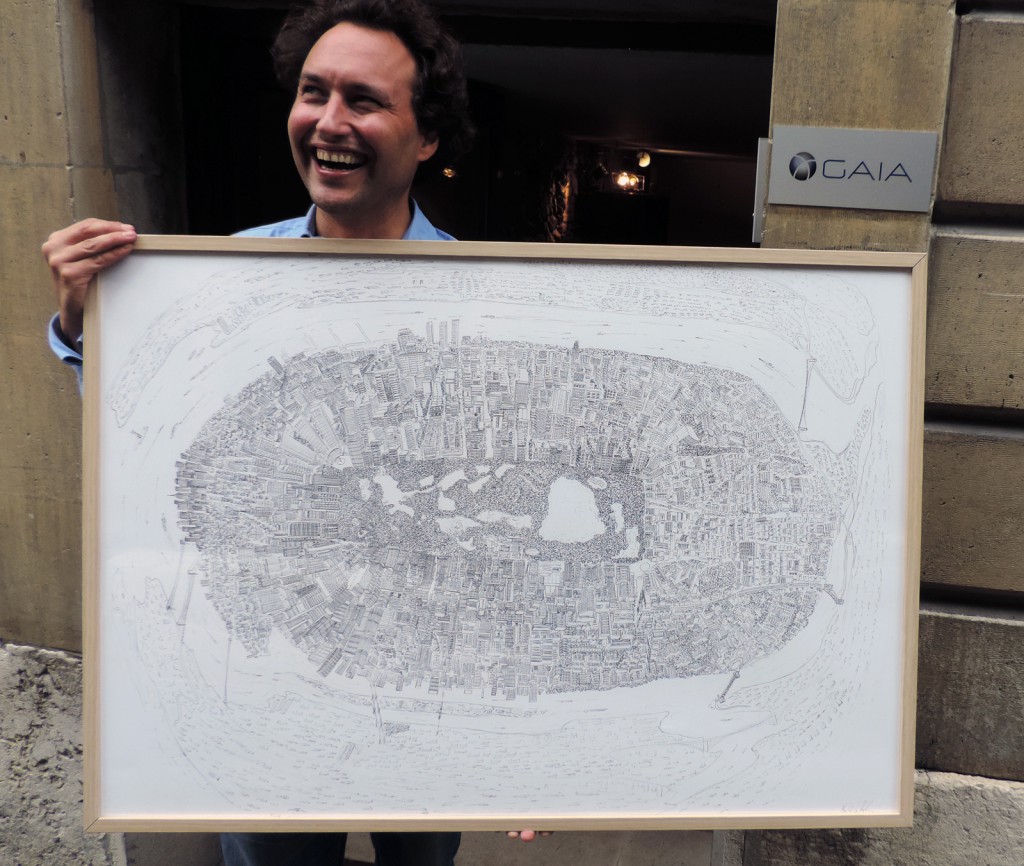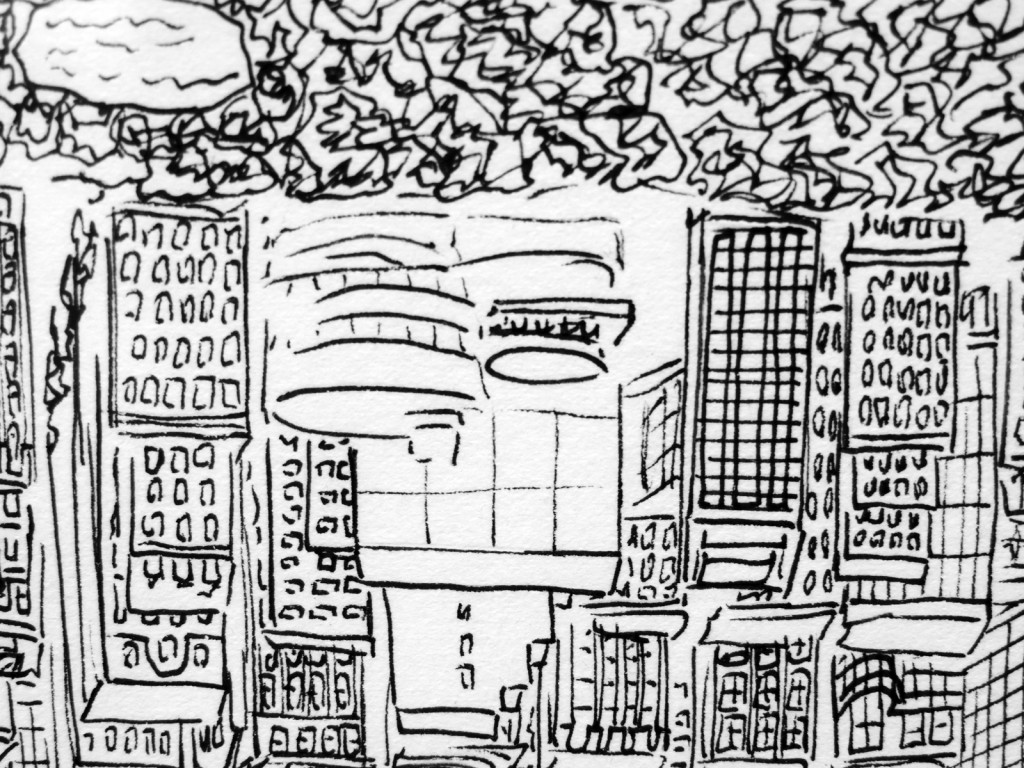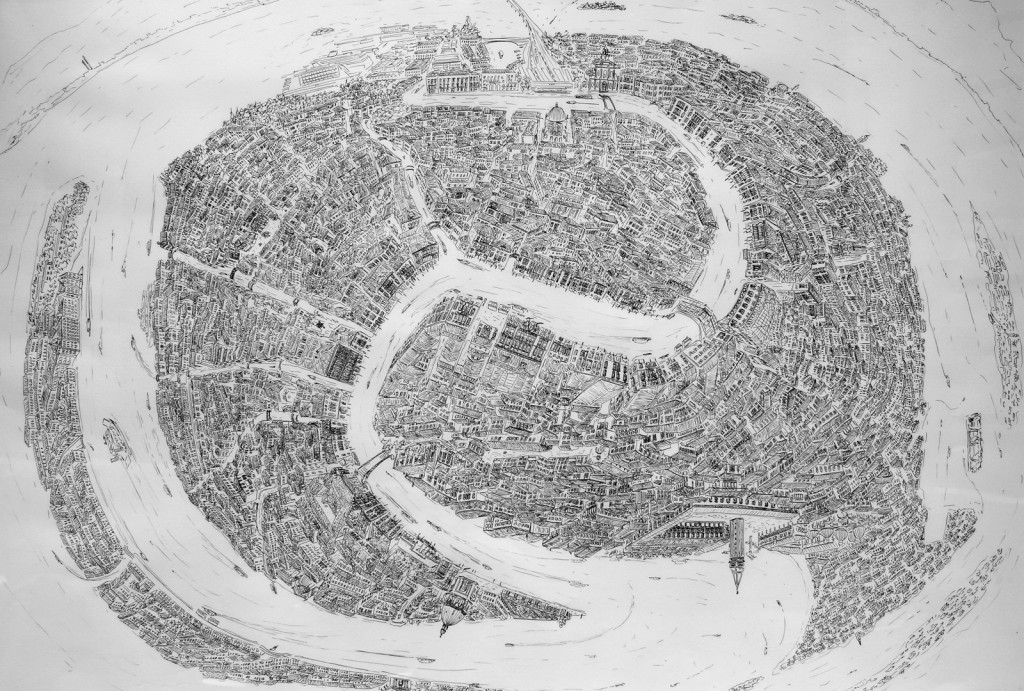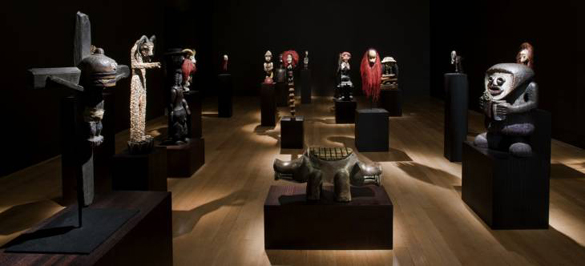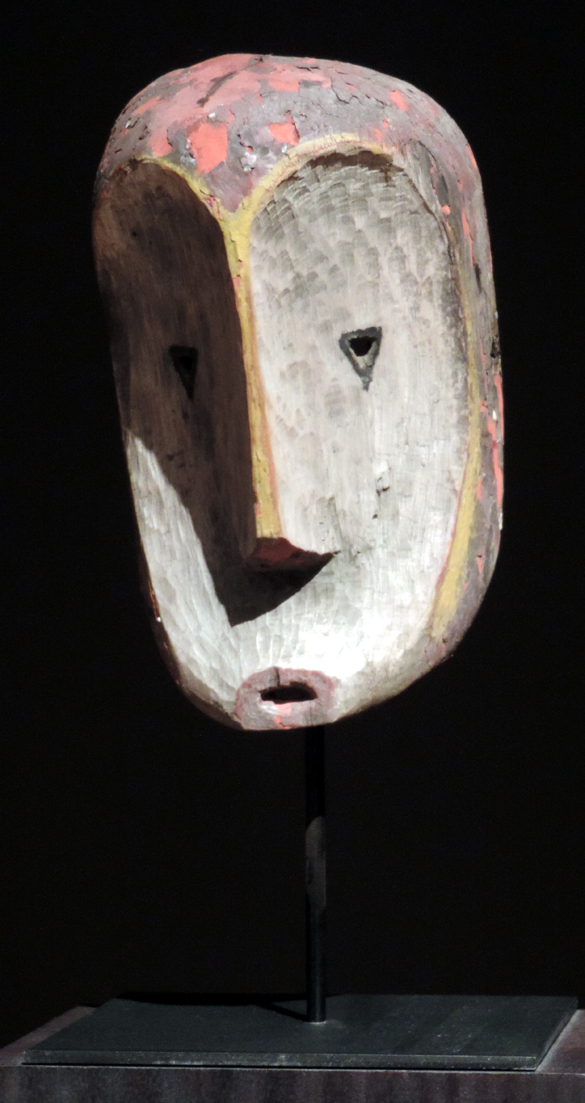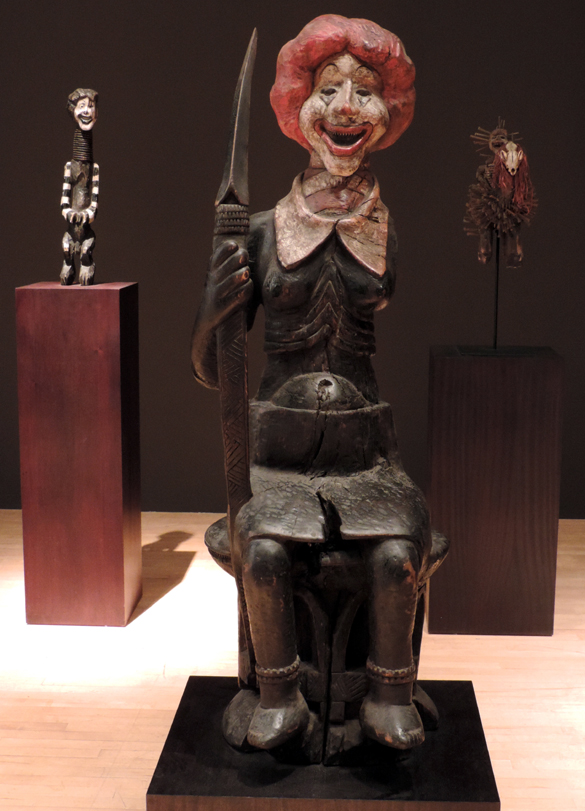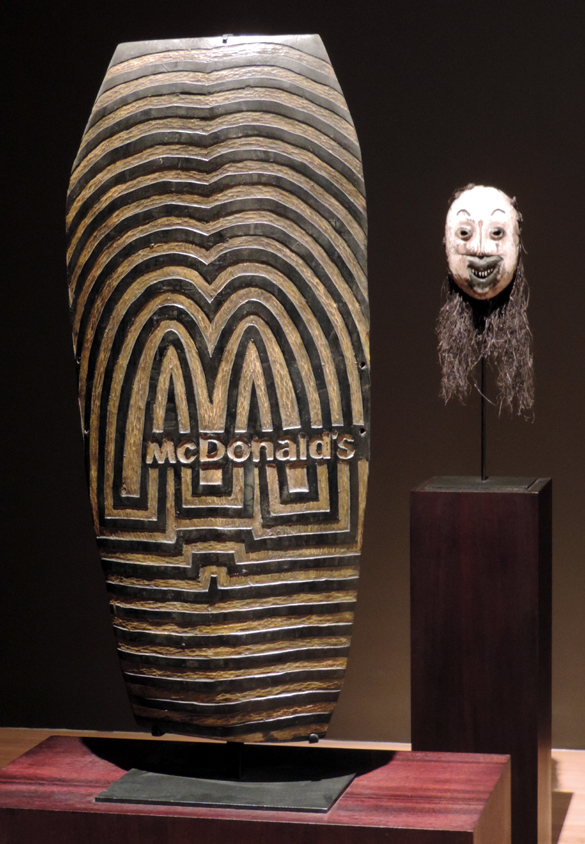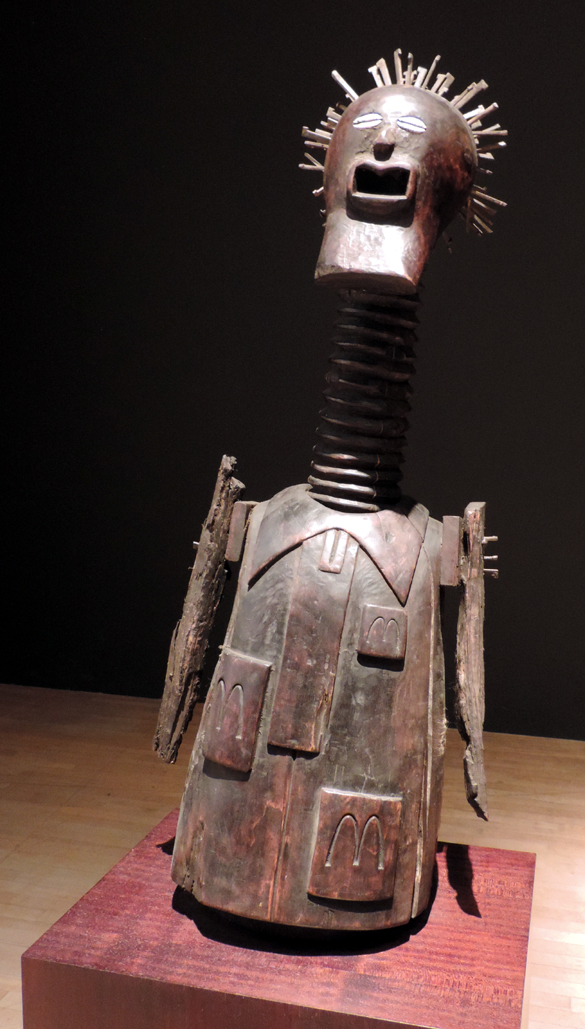I stand at the tram stop at Plainpalais, Geneva. An elegant lady next to me is foraging in her hand bag for her ticket. Waiting on a bench opposite, legs casually folded, is a very cool looking gentleman in a suit, cap and tie; he smokes a cigar. Just five metres behind me, an academic sort of guy stands waiting patiently for a taxi with his suitcase by his feet. A few more metres beyond him, a beautiful young woman strides across the square; her face is set on her destination. These wonderful bronze figures are the work of Gerald Ducimitière; they were installed in 1982. They merge with the thousands of passers by and have an enduring presence in this town. If they are not celebrities, they are certainly survivors.
The lady with the handbag is purportedly Madame Barbier-Mueller of Musée Barbier-Mueller fame.
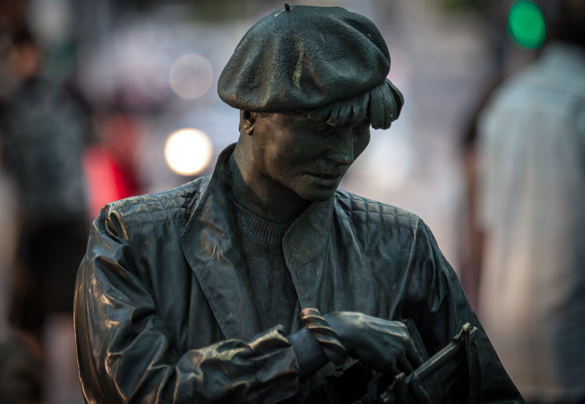
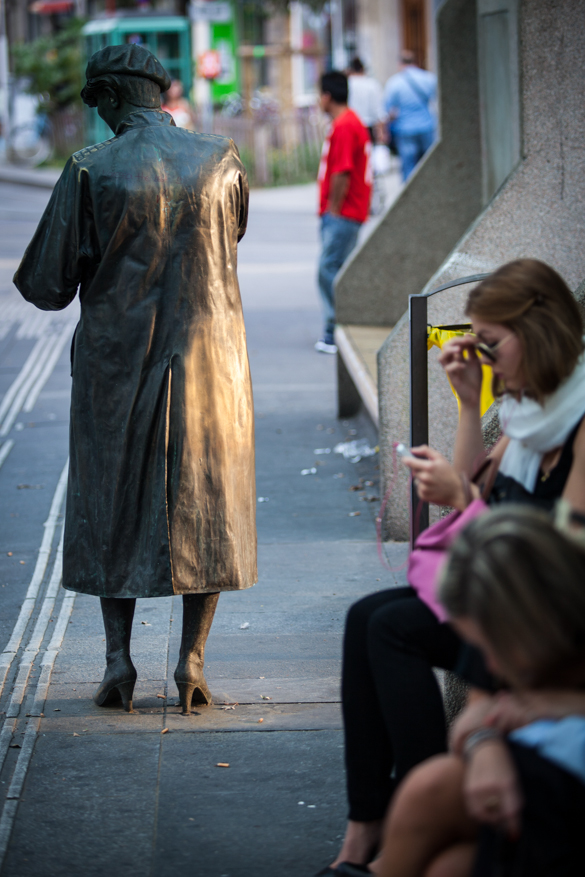
The seated gentleman was modelled on the poet George Haldas. Of the four, he is the most molested: probably because it is so inviting just to sit next to him. All the high points of his suit are forever polished by thousands of passing hands.
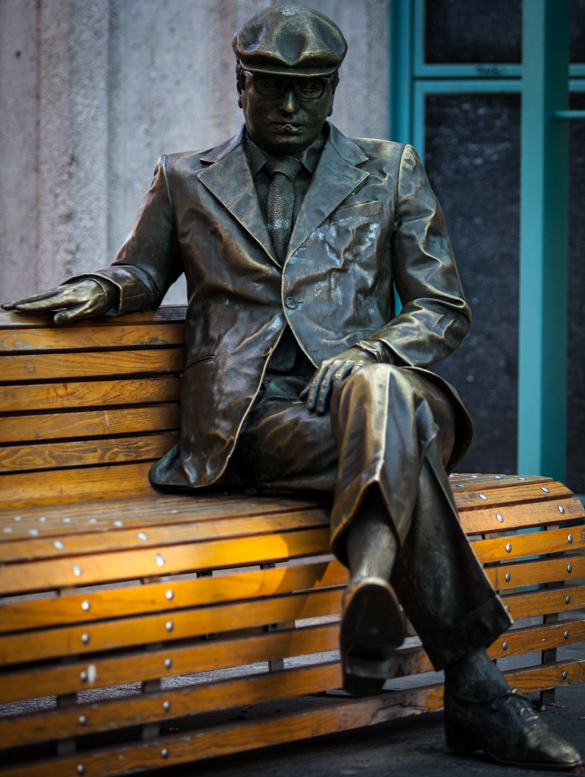
The academic gentleman who is waiting for a taxi, is the writer Michel Butor. But why is he waiting for a taxi facing the tram lines?
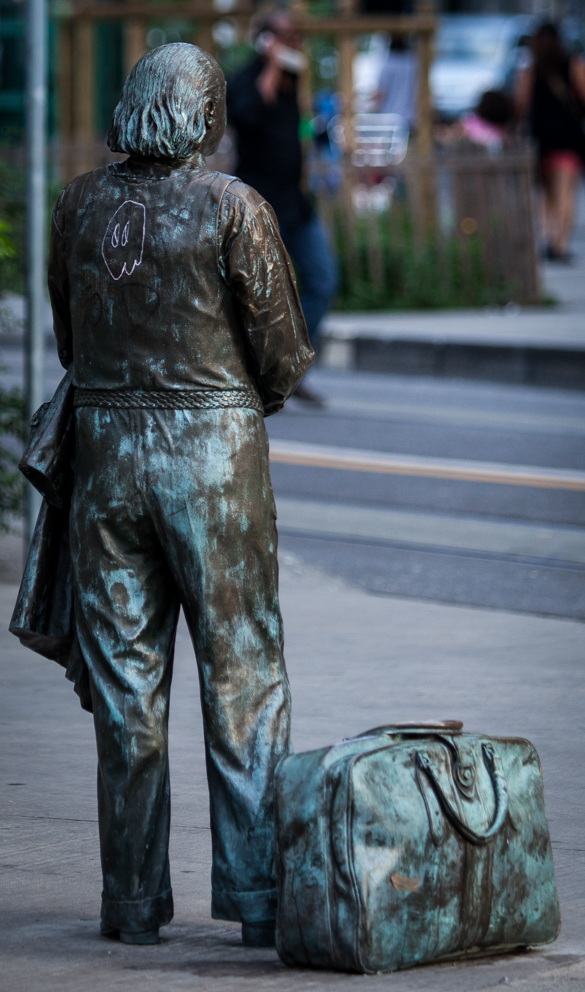
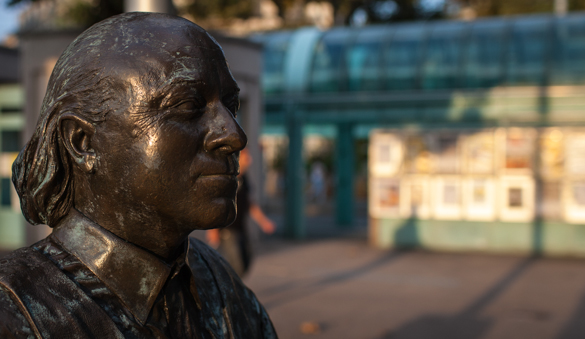
The last of our quattro is an enigma. It is not known after whom she was created. And she is most definitely on her way; she is not waiting. For a few years, she disappeared and was later found lying on her side in the basement of the nearby department of civic works.
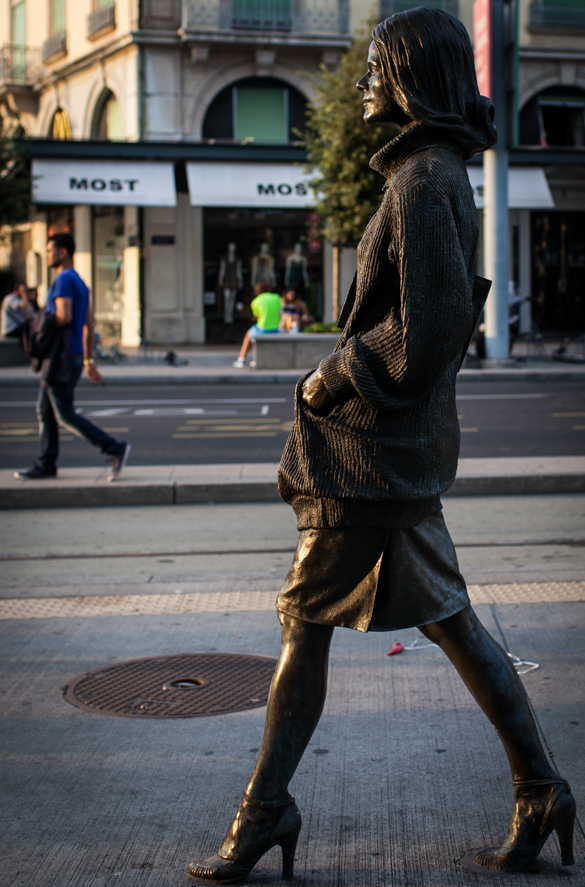
The major interruption to the public presence of these four figures was when, in the mid-2000s, the Geneva authorities embarked on an ambitious scheme to improve public transport. What was a bus stop became a much bigger tram stop. Whilst Madame Barbier-Mueller and Monsieur Haldas are now more or less where they were, the taxi rank at which Monsieur Butor waits has been moved three hundred metres away. In the refurbishment of this busy hub, the disappearance of our striding beauty was because, it seems, she was simply misplaced by the authorities! She was returned to her determined, glory in 2008.
The appeal of these pieces lies in how they merge with the passers by. They have no apparent connection with each other. You come across them unexpectedly and are immediately taken by their precision of character and poise. Up close, it is not difficult to imagine that somewhere in the heart of these heat-cast bronzes there is a real soul. Over the years, I have seen them spray-painted, garlanded with flowers, beaten, covered over with stickers for underground concerts, dressed in silly hats and scarves and yet they tough it out and emerge unscathed. Rain, sun or snow, paper or paint, boot or beer can, they are always resolutely there as Geneva bustles by. They have an enduring humanity. If I have inanimate friends, here they are.

